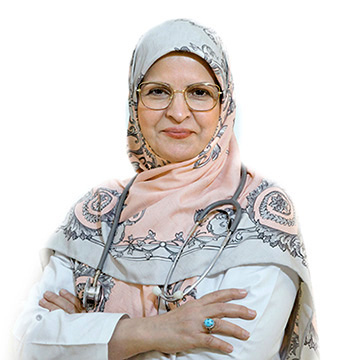Manual Therapy
Manual therapy, also known as manual medicine, is a specialized branch of medicine that focuses on the study and treatment of reversible functional disorders affecting the motor system.
It is crucial to distinguish manual therapy from chiropractic and massage, as it is a scientifically supported method related to physical therapy. The International Federation of Orthopedic Physiotherapy (IFOMPT) defines manual therapy as a specialized approach to neuromuscular-skeletal issues, employing specific treatment techniques, including manual maneuvers and therapeutic exercises, tailored to the individual patient's needs.
Drawing on principles of biomechanics, anatomy, neurology, and clinical reasoning, manual therapy aims to restore proper functioning in complex motor activities, height, and reach. Unlike chiropractic approaches, manual therapy is founded on scientific research and offers a safe and effective treatment modality.
Historically, manual therapy can be traced back to ancient times, with early records of symptoms related to the spine dating back to 3000 BC. Hippocrates, considered the father of European medicine, recognized the significance of manual therapy in treating various ailments, and manipulation techniques were already described in ancient times.
Manual therapy has evolved over the years, and specialized schools for its study emerged in the 19th century. The key stage in this treatment involves a comprehensive patient examination, including visual assessment, pulse assessment, muscle testing, heart evaluation, joint movement assessment, and additional tests, such as X-rays, to ascertain the nature of the problem.
Based on the examination results, the therapist can determine whether discomfort arises from muscle stiffness, diseases, or nervous tension. Subsequently, specific manual therapy techniques are employed, such as stretching, isometric relaxation, joint manipulation, and mobilization, depending on the nature of the problem and the discipline involved.
The core goal of manual therapy is to alleviate pain, restore joint and muscle function, and promote the overall well-being of the patient. The treatment is based on the principle of reversibility, wherein pressure on sensory receptors triggers various responses, influencing muscles, the locomotor sector, and internal organs.
Manual therapy finds applications in various medical fields, including neurology, orthopedics, rheumatology, and rehabilitation. It effectively addresses functional disorders that are reversible and treats conditions such as intervertebral disc disease, nerve pain, limb numbness, headaches, muscle strains, and joint-related ailments like arthritis.
However, some contraindications must be considered before employing manual therapy, such as advanced osteoporosis, blood clotting issues, severe patient resistance to examination, acute inflammatory processes, cancer-related pain, serious internal organ disorders, and pregnancy.
When applied by qualified physicians or physiotherapists and adhering to indications and contraindications, manual therapy is a safe and painless method for diagnosing and treating musculoskeletal disorders. Patients with spinal pain, joint issues, and specific symptoms may benefit from manual therapy.
While complications are minimal when guidelines are followed, patients may experience mild discomfort in the affected tissues after treatment. In some cases, dizziness and nausea may occur, particularly in vertebrobasilar regurgitation. Failure to observe contraindications can lead to muscle or ligament injuries, muscle paralysis, and, in severe cases, life-threatening outcomes.




